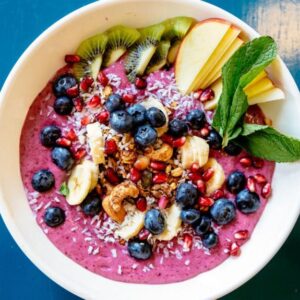Brazil’s hidden superfruit treasures: beyond açaí, the amazon holds a bounty of nutritional powerhouses

While açaí bowls have become a staple in health-conscious cafes worldwide, Brazil is positioning itself to introduce the global market to a treasure trove of other nutrient-dense fruits from the Amazon rainforest. The South American nation recognizes that its biodiversity hotspot contains dozens of lesser-known fruits that rival açaí’s impressive antioxidant and fiber content.
The Amazon basin, often called the “lungs of the Earth,” produces an estimated 3,000 different fruit varieties, many of which remain unknown to international consumers. These indigenous fruits have sustained local communities for centuries, offering exceptional nutritional profiles that could revolutionize the global superfood market. From camu camu, which contains 30 times more vitamin C than oranges, to cupuaçu with its rich array of antioxidants, Brazil’s rainforest fruits represent an untapped goldmine of natural nutrition.
Brazil’s push to diversify its superfruit exports comes at a crucial time for both environmental conservation and economic development. By creating international demand for a broader range of Amazon fruits, the initiative could provide sustainable income opportunities for indigenous communities and local farmers, potentially reducing pressure for deforestation. This approach aligns with growing consumer interest in functional foods and sustainable sourcing.
The expansion beyond açaí also represents a strategic move to protect Brazil’s agricultural heritage while meeting global wellness trends. As these exotic fruits gain international recognition, they could follow açaí’s path from regional staple to global superfood phenomenon, bringing both economic benefits to Brazil and new nutritional options to health-conscious consumers worldwide.
This article was written by the EnviroLink Editors as a summary of an article from: BBC







